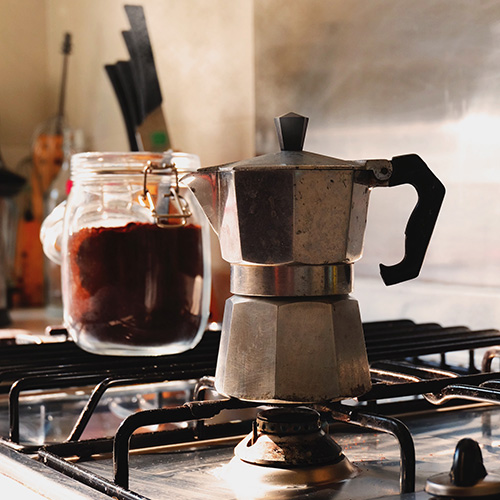We find that the latest technology can be central to the Using Less Stuff programme. However, it does need to be the correct technology and every situation is different. Please find below some general information to help you but if you would like to know which is the best technology for you and to discuss costs, finance options and payback time please contact us directly.
LED Lighting Advantages
The latest technology in LED lighting has made it economically viable as costs are coming down and light intensity and colour rendering has improved considerably. LED lighting will save your organisation money – up to 80% – as well as help reduce maintenance costs and your carbon footprint.
Read more about the advantages of installing LED lighting
ULS Methods: Heat Pumps
The full content in the articles listed below is restricted to Premium Members. Please see our Premium Membership package for more details, or login at the top of this page if you already are a member.
The full content in the articles listed below is restricted to Premium Members. Please see our Premium Membership package for more details, or login at the top of this page if you already are a member.












